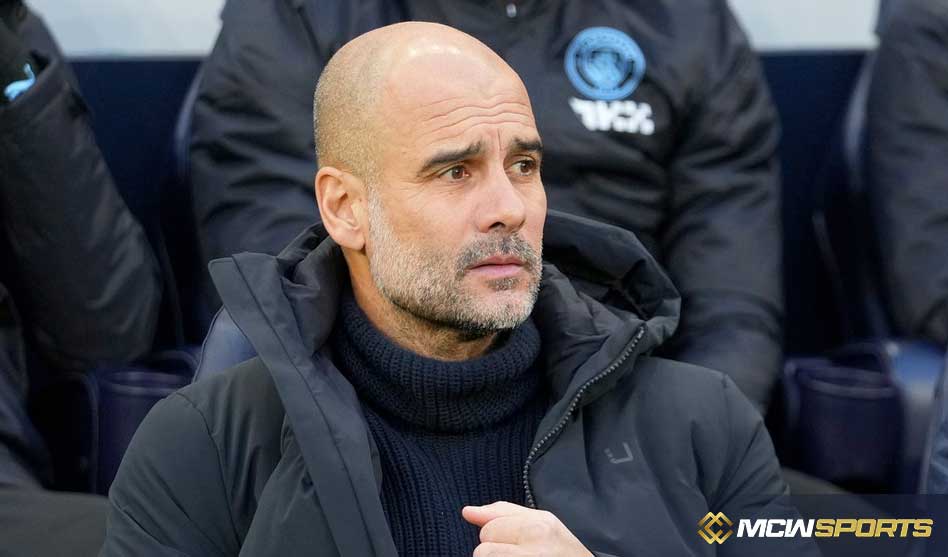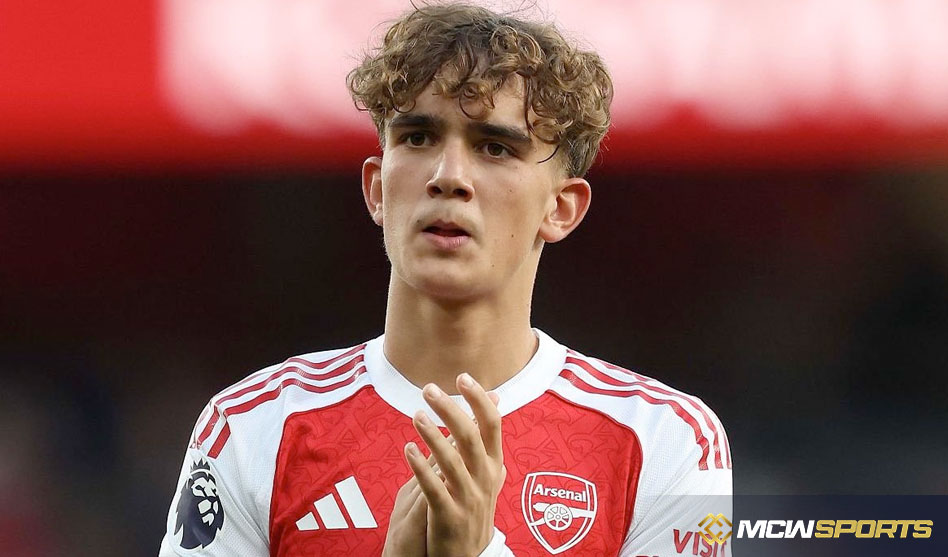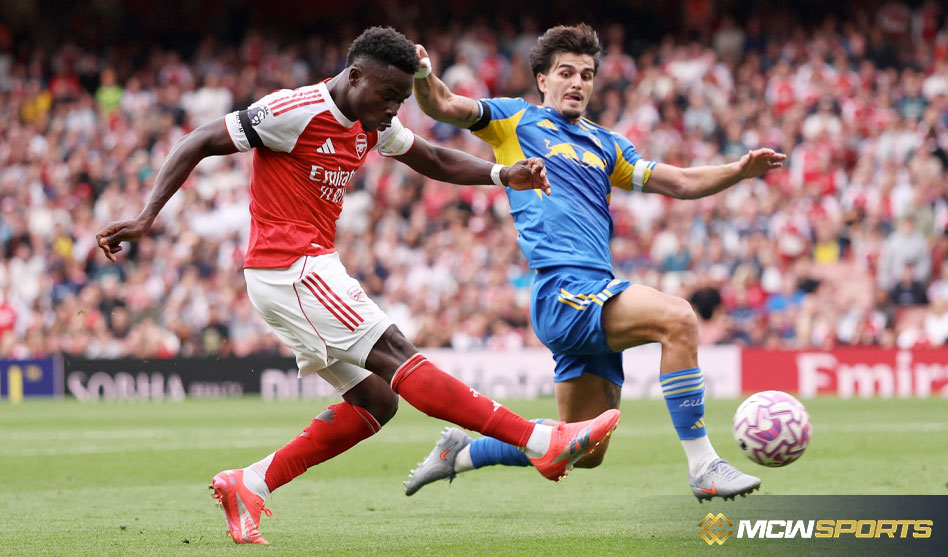MANCHESTER, England – Manchester City had only won once in their previous six away games when they traveled to Bournemouth, but their 4-1 triumph on the south coast was ultimately a formality.
We could certainly talk about the fact that Erling Haaland has already scored more league goals in a single Premier League season than any other City player.
We might also extol Phil Foden’s performance, which included an assist, a goal that was well-taken, and seven opportunities overall—the most by a City player in the Premier League this year.
The overall flow of City’s structure throughout the entire game, though, was what stood out as most outstanding.
Although Guardiola may alter his team’s composition during or between matches, he will continue to hold his players to the same standards. If you unplug one player and plug in another, the performance won’t suffer noticeably.
City’s in-possession formation was a 3-4-3 with an inverted full-back tucking in to prove two defensive midfielders and two offensive midfielders ahead of them to create a “box” midfield, which was familiar from their recent performances.
Lewis took up the full-back and midfield duties from the right side, although Silva had previously alternated between both roles from the left. Ilkay Gundogan and Alvarez, playing the No. 10 roles up front, stood out in particular, frequently finding space to receive the ball in the middle of the field.
This formation from Guardiola is not novel structurally, but occasionally we need a good reminder of exactly how adaptable his players are to carry out his demands, particularly in central areas.
The box midfield, which consisted of defensive midfielders Rodri and Lewis and attacking midfielders Gundogan and Alvarez, started the match, but the final four players were completely different.
After the initial set of substitutes in the 55th minute, the fun really started.
Rodri was replaced by Kalvin Phillips, then in two consecutive substitutions, Gundogan was replaced by Sergio Gomez in a No 10 position. Gomez can play left back or attacking midfield.
Guardiola frequently plays City’s midfielders in full-back positions, with Oleksandr Zinchenko and Fabian Delph being the most noteworthy examples. However, it is important to note that switching between the two positions requires expertise.
While in and out of possession, defensive midfielders must maintain steady focus to transition between wide regions and central sectors.
Lewis and Gomez went one step further, switching between the full-back and No. 10 positions, where the range of necessary skill sets is even wider. The majority of the game is in front of you when playing as a full-back or defensive midfielder, giving you more time to consider your passing options.
The conclusion was statistically the most foreseen of the season; Bournemouth has now lost 18 league games to Manchester City (D2 L16), which is the most games in which a side has met another without ever winning in the history of the English Football League and Premier League.
It is well known that Guardiola chose not to use any substitutions during Wednesday’s 1-1 Champions League stalemate with RB Leipzig. What then happens in the next game? Make five substitutions, of course, and numerous systemic role shifts.
Never try to pin the man down, in case you needed reminding.

 English
English










